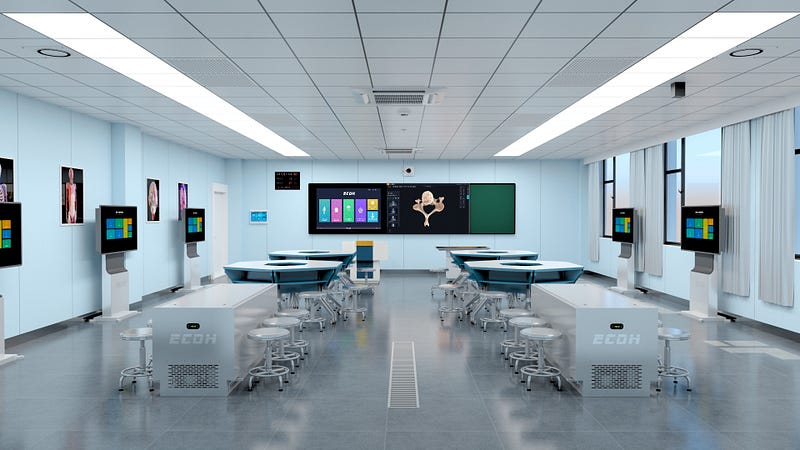
As a student immersed in the world of anatomy and physiology labs, I have come to appreciate the importance of these practical sessions in enhancing our understanding of the human body. These labs provide us with hands-on experience that complements our theoretical knowledge, allowing us to explore and apply concepts in a tangible way.
The Role of Anatomy and Physiology Labs

Anatomy and physiology labs play a crucial role in deepening our understanding of the human body’s structure and function. Through dissections, experiments, and simulations, we are able to observe firsthand how different systems interact within our bodies. This experiential learning helps us grasp complex concepts more effectively than through textbooks alone.
Moreover, these labs foster critical thinking skills as we analyze data collected during experiments. We learn to interpret results, draw conclusions based on evidence, and develop hypotheses for further investigation. The collaborative nature of lab work also enhances communication skills as we discuss findings with peers or present them to instructors.
The Human Anatomy Interactive Model
A key component within anatomy and physiology labs is the use of interactive models. These models allow students to manipulate virtual representations of anatomical structures using computer software or online platforms. By rotating 3D images or zooming into specific areas, we can examine intricate details that may be challenging to visualize otherwise.
This interactive approach enables us to study anatomical relationships from various angles while providing detailed labels for each structure. It enhances our spatial awareness by allowing us to navigate through different layers without physically dissecting specimens. Additionally, it promotes self-paced learning as we can revisit specific sections until mastery is achieved.
DIGIHUMAN: Advancing Anatomy Education
A groundbreaking innovation revolutionizing anatomy education is DIGIHUMAN — a digital platform that offers high-resolution, accurate virtual cadavers. This cutting-edge technology provides an immersive experience where students can explore the human body in unprecedented detail.
DIGIHUMAN allows us to dissect virtual specimens without limitations imposed by physical resources or ethical considerations. We can examine structures at microscopic levels, observe physiological processes in real-time, and even simulate surgical procedures. The interactive nature of DIGIHUMAN enhances our understanding of complex anatomical relationships and prepares us for future medical advancements.
Conclusion
Anatomy and physiology labs are invaluable educational tools that bridge the gap between theory and practice. Through hands-on experiences, interactive models like the human anatomy interactive model, and innovative platforms such as DIGIHUMAN, we gain a comprehensive understanding of the human body’s intricacies.
These labs not only enhance our knowledge but also develop critical thinking skills, communication abilities, and spatial awareness — all essential qualities for aspiring healthcare professionals. As we continue to advance in technology-driven education, anatomy and physiology labs remain vital components in shaping competent individuals ready to contribute to the field of medicine.









